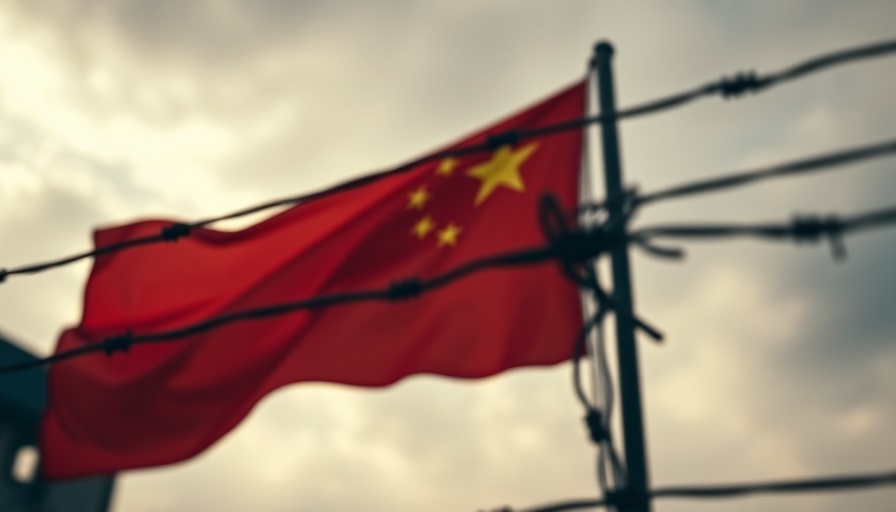
Unveiling the Chinese AI Censorship Machine
A leaked dataset, analyzed by TechCrunch, reveals a chilling expansion of China’s censorship abilities empowered by artificial intelligence. This sophisticated system taps into a large language model (LLM) designed to automatically flag thousands of sensitive topics, greatly enhancing the Chinese government's already potent censorship apparatus.
The Dangers of AI in Authoritarian Regimes
As authoritarian regimes increasingly leverage advanced technologies, the implications for citizens' rights are alarming. Xiao Qiang, a researcher at UC Berkeley focusing on Chinese censorship, emphasized that this AI-driven approach offers improved efficiency and precision in content filtering when compared to older methods relying on human oversight. With such capabilities, dissent or criticism can be suppressed far more effectively than before.
Understanding the Data's Implications
The database containing over 133,000 pieces of flagged content underscores the urgency to understand how an AI's learnings can impact social discourse within such environments. It includes not just direct political commentary but broader social issues like labor disputes and environmental scandals, which can fuel public unrest and calls for reform. By codifying these subjects as priorities for immediate censorship, the system hinders open dialogue and inhibits societal progression.
Ethics in AI Development and Usage
The ethical considerations of AI development and its applications in controlling free expression are significant. In a statement responding to the TechCrunch report, the Chinese Embassy in Washington expressed concern over perceived 'slanders', reiterating that they are committed to ethical AI development. This relationship between ethical AI and state censorship raises questions about the true nature of responsible AI usage worldwide.
Potential for Misuse Beyond Borders
This Chinese AI censorship machine reflects a troubling trend that could extend beyond national boundaries. Other authoritarian governments may observe and adopt similar technologies to consolidate control and suppress dissent, raising alarms about global human rights. For instance, the recent allegations of Chinese entities using LLMs to monitor and slander dissidents signal that this is a prelude to a more comprehensive approach toward utilizing AI for state control.
Looking Ahead: The Future of AI and Censorship
The evolution of AI tools signals an unprecedented epoch for both technological advancement and its underlying implications. As conversations intensify around the responsible use of AI, particularly in contexts like China’s censorship machine, vigilance and critical discourse become necessary. There must be global conversations about how innovations can serve democratic ideals rather than authoritarian impulses.
In conclusion, the intersection of AI technology with governmental censorship poses complex ethical questions that require immediate attention from technologists, policymakers, and society. The importance of advocating for transparency, dialogue, and the protection of free speech cannot be overstated as we navigate this transformative era.
Explore the implications of AI-driven censorship in today’s world and advocate for technological ethics that prioritize human rights.
 Add Row
Add Row  Add
Add 




 Add Row
Add Row  Add
Add 

Write A Comment